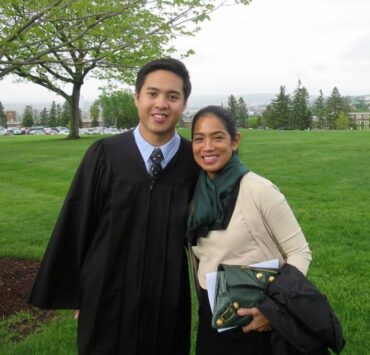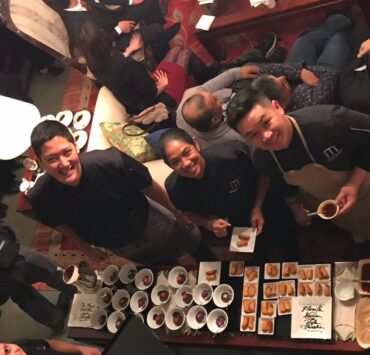Goodbye to an underwater ‘goddess’
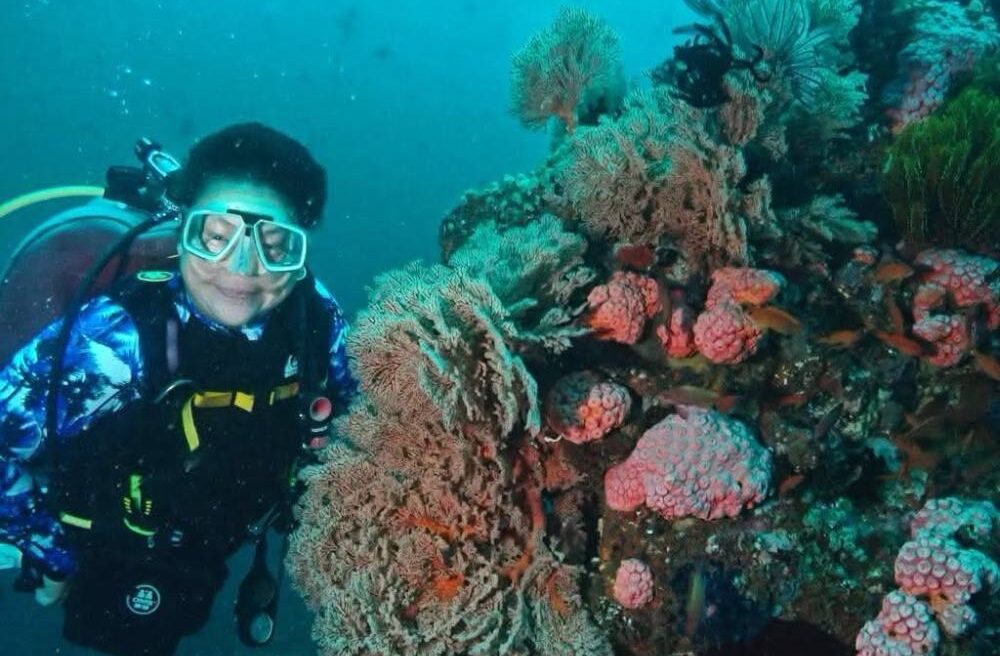
There are people you meet in life who eventually fade away from your universe, while others graduate from being acquaintances into true friends who affect your life in more ways than you realize. Yvette Lee was one of the latter.
In 1997, a former high school schoolmate, the late Gerdie Francisco, invited me and my close friend Stella Chiu on an Anilao dive trip for the day. Her friend, Gerdie said, had recently returned from working and living in the United States. Gerdie said it would be potluck, and Stella and I, happy with ourselves, brought a big Tupperware of mixed salad.
Meanwhile, in a move I would learn was quite characteristic of her and her passion for food, the fourth person, Yvette Lee, brought a grill and set up a massive barbecue on an island—steak, chicken, sausages, the works—enough to feed a dozen people.
That was the first time I met Yvette, whom I would encounter many times over the years in the course of diving in the Philippines. I was already seeing her photographs in international magazines, newspapers, and exhibits. In 2015, when she was vice president of Discovery Fleet, which ran the large dive boat Discovery Palawan, she invited me on a media dive cruise to northern Palawan. After that trip, Yvette added me to a Messenger chat group interestingly called the Tubbatitas + 1 Tito, since we had only one gentleman in the gang.
Thus, in my 51st year, I began what has been the most enjoyable era of this hobby—nay, passion—that I got into at age 25, scuba diving.
When Yvette started diving, she would tell us, the buoyancy compensation devices (or BCDs, to which your air tank is attached) still looked like airplane life jackets, whereas today they are as sleek as they come. Born and raised in Manila, she had already begun diving when she moved to New York in the late 1970s. She worked in a photographic darkroom, which inevitably trained her eye—although, she said in an interview for conservation organization Oceana, she had liked sea cartoons since she was a child, and had actually started snorkeling in a bathtub!
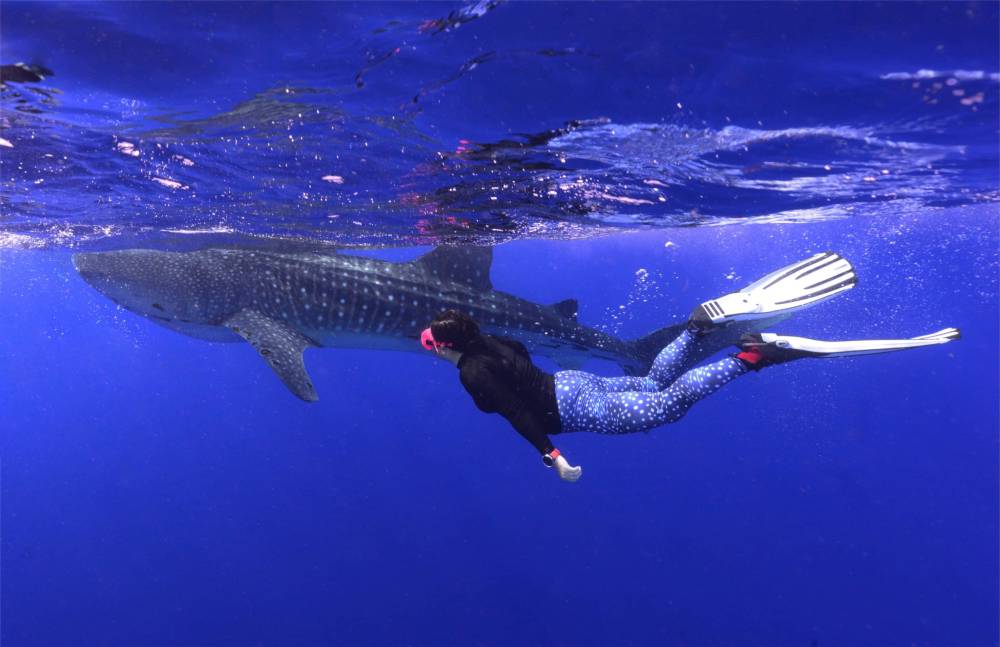
Respected voice
After coming home, getting back to diving, and borrowing a camera on a dive trip to Malaysia, Yvette began winning photo contests and getting published. She also became a respected voice in the Philippine scuba-diving scene, a commissioner on the board of trustees of the Philippine Commission on Sports Scuba Diving (PCSSD), as well as a champion of conservation, especially of the country’s crown jewel of a marine park, the Tubbataha Reefs Natural Park (TRNP) in the Sulu Sea.
That, in fact, is why we were called the Tubbatitas, as we all met and bonded, through Yvette’s machinations, on dive trips to our happy place—a bunch of not-so-young women and our lone mascot, who weren’t about to hang up our gear because we were all getting older. Yvette was the Queen Tita, our de facto leader, organizer, and divemaster, along with Angelique Songco, protected area superintendent of TRNP, at whose service we put our efforts in the promotion and conservation of the park. The rest of the Titas, whom Yvette called her “dive tribe,” included Christine Chua, Baby Angeles, Marvi Trudeau, Rina Loy, Mawen Ong, and “Tito” David Huang.
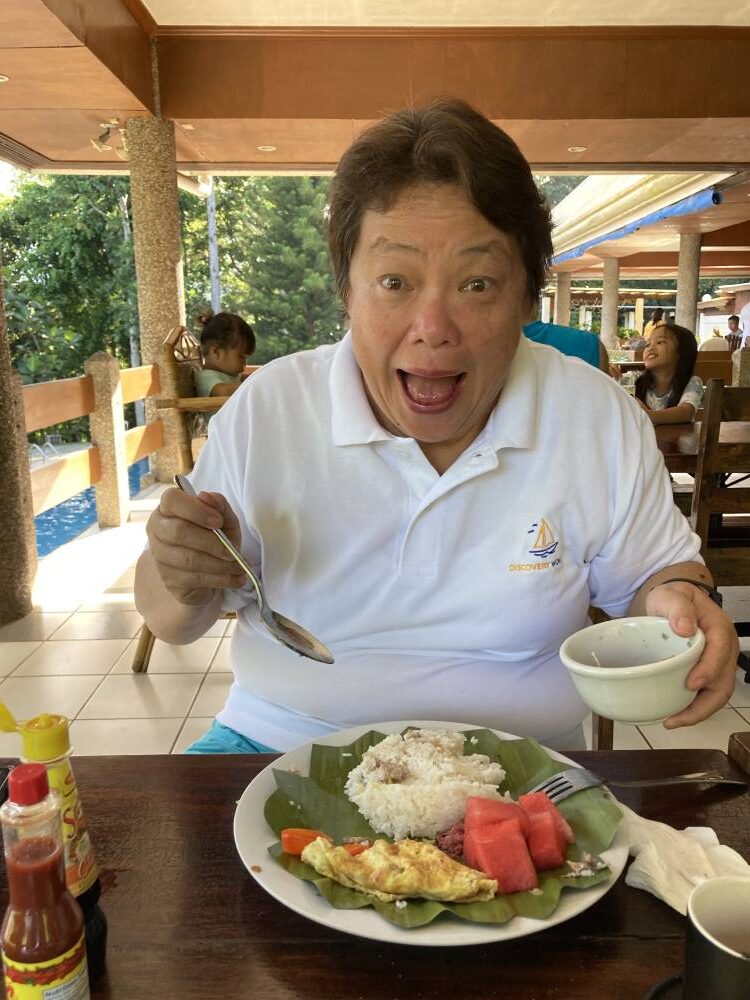
The last decade has been a series of dive adventures and riotous moments on land. Boarding the Discovery Palawan for the weeklong annual trip was like coming home, but several trips in between, from nearby Anilao to Raja Ampat in Indonesia, were made many times more enjoyable because we all loved the sea, as well as each other.
For my 60th birthday last September, they indulged me with a dive trip to Panglao, Bohol. Yvette also became my friend—we would talk about being happy and depressed, being dog mamas (her beloved furbabies were Hans and Hershey), and learning life lessons. And yes, she loved to eat—and Yvette would go the extra mile for a good meal and could cook up a storm, including a callos so thick, the spoon would stand in it.
Yvette was the decision-maker, the mentor, the conscience. She declared, “Every dive should be a cleanup dive,” so the group always went down with scissors and a receptacle for trash and fishing lines that we picked up; it took only a glance and a pointed finger for her to remind us to not leave garbage sitting on the coral.
We had also gotten used to Yvette honking her underwater horn and demanding (not asking) that whoever was closest go and pose near some coral, a sponge, or against a beautiful background she had spotted. We were her happy subjects, heeding her animated hand gestures and instructions to move right, left, nearer or farther, so she could capture us in some of her most beautiful shots.
Sticker for safety
She would also be a stickler for safety, as a certified divemaster (the equivalent of an underwater guide, security officer, and first aid person); she would shake her head whenever I forgot my surface marker buoy, which you inflate to show your location and become more visible if you are separated from your group or your boat. She was diligent about her equipment and her dive limits; as one of the group’s “aqua-lungs,” alongside Baby and Christine, Yvette was so efficient in her air consumption that 90-minute shallow dives were commonplace.
Which brings me to the part that broke all our hearts. Last Nov. 7, 2024, Thursday, after we had returned from a dive trip to Puerto Galera, Mindoro, that Monday, Nov. 4, for the All Saints’ Day long weekend, Yvette died of a sudden cardiac arrest, three months short of turning 64 on Feb. 17. She had no life-threatening illness, but I was watching her on our last dive together that Sunday afternoon, when, in a very rare occurrence, she ended her dive early, still relaxed, but pointing to her stomach and indicating that something wasn’t right. It did not appear like an emergency; despite the stomach cramps, she managed to eat a little, walk, talk, and function normally for the next couple of days.
The idea of decompression sickness (DCS)—which can afflict and even kill divers who are unable to decompress after going to depth and thus retain nitrogen bubbles in their body—has been floated. However, DCS becomes evident between 15 minutes and 12 hours after surfacing, according to the Divers Alert Network, which was confirmed by doctors Yvette spoke to after her aborted dive. Yvette was a highly experienced, conscientious diver, so a professional like her getting DCS is highly unlikely—and, in my obviously biased but reasonable opinion, takes away from her legacy as a pillar of the local diving community.
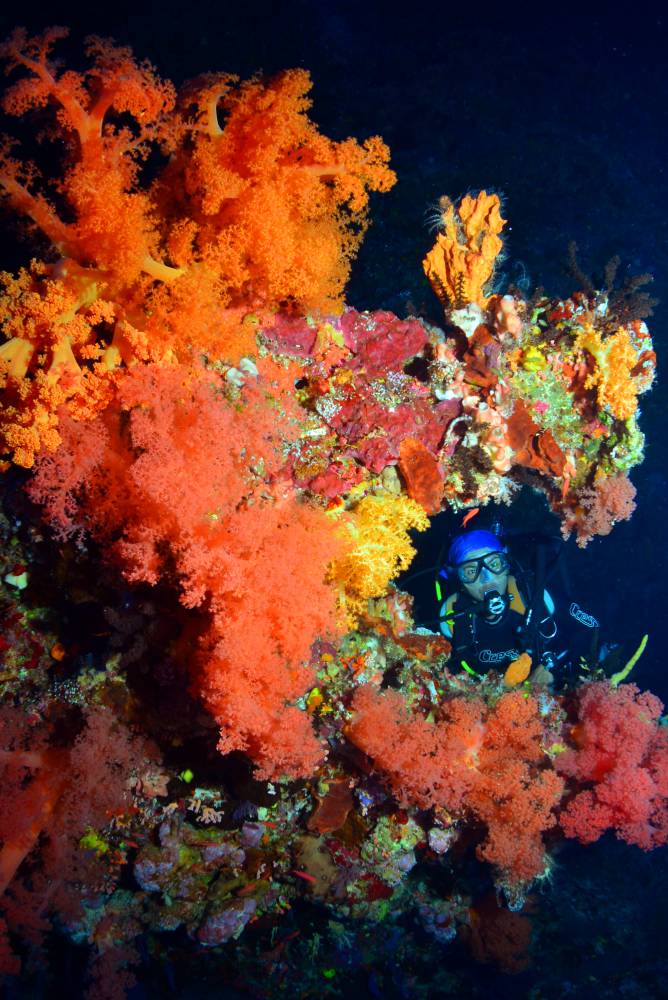
Yvette was asked during that Oceana interview why it was important to document underwater life. “It is extremely important, because we protect what we love. Since not everyone can go scuba diving, we need to bring this environment to them.” Last January 22, the PCSSD also honored her for her work in the field.
Everyone who knew Yvette knew that under her tough and straightforward exterior, she could be an absolute marshmallow. Yvette had a soft heart and helped so many, without the need to broadcast the details. Crew members and employees in a bind, acquaintances in dire straits, friends who were sad or troubled—all were beneficiaries of her compassion and largesse. Always, she let her sense of what was right prevail. I liked to call her Quan Yin, because despite the grunts, eye rolls, and unfiltered opinions delivered in a squeaky voice, she was truly a goddess of compassion, and she blessed us all with her love and friendship.
“I was ready for her promise that we would dive well into our 70s,” says Angelique wistfully. “Yvette’s impact on Tubbataha and on those of us lucky enough to have known her won’t be forgotten.”
Godspeed, Quan Yin. We’ll do our best to take care of Philippine waters for you. Enjoy yourself now in your well-deserved, infinite underwater paradise.














